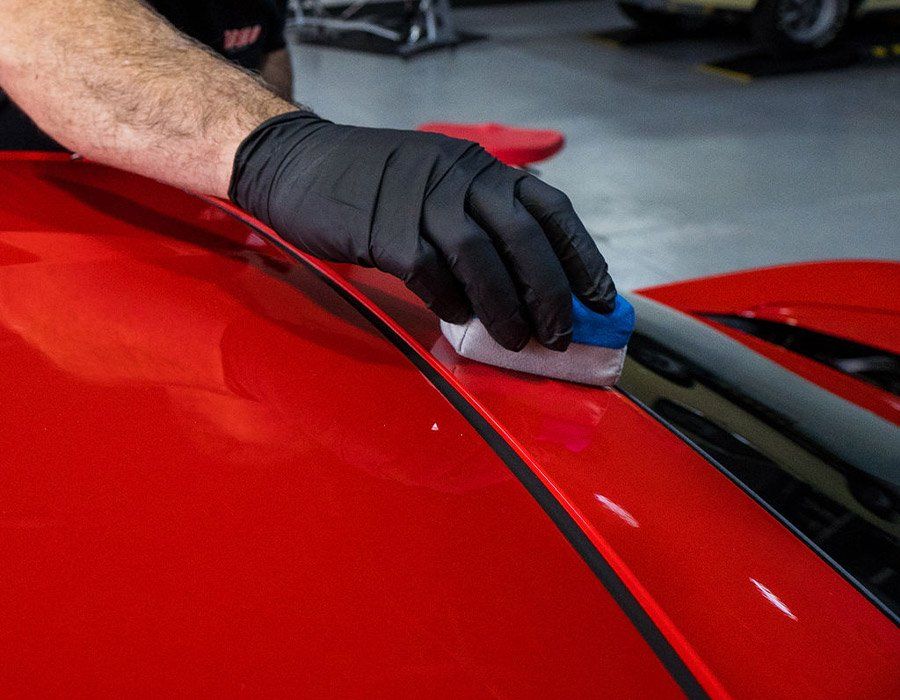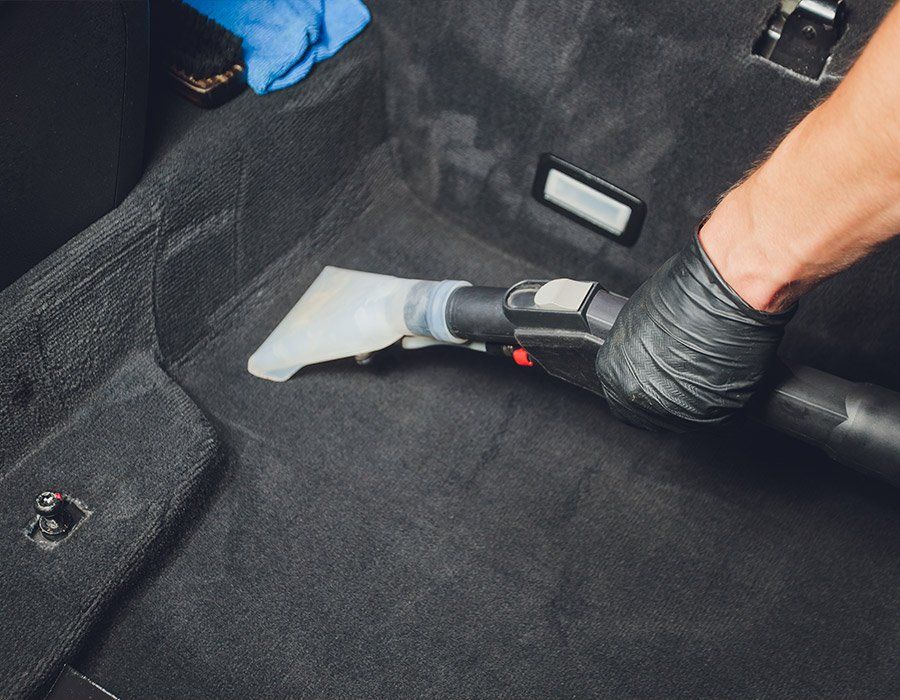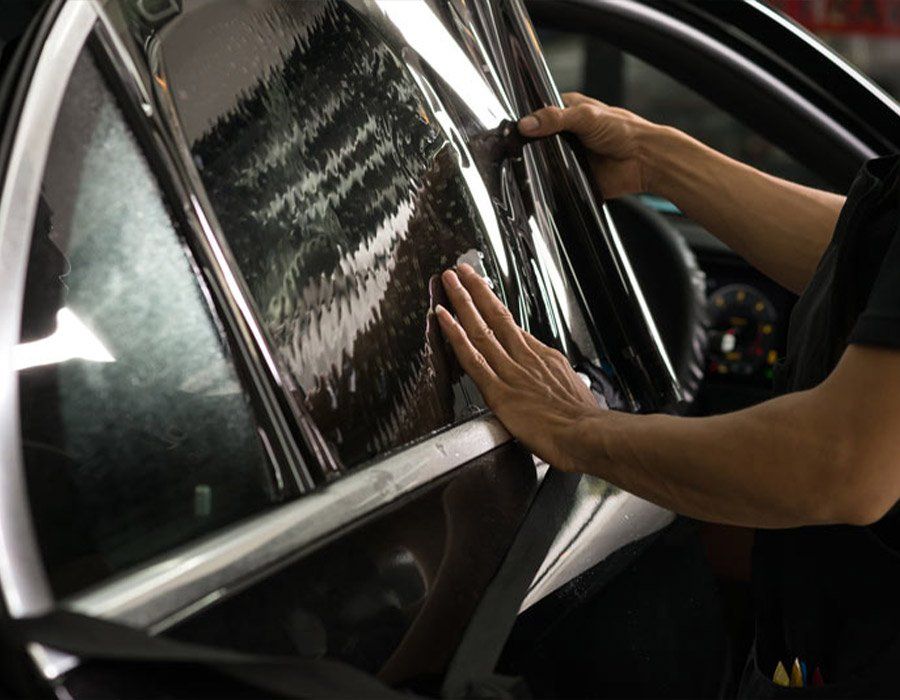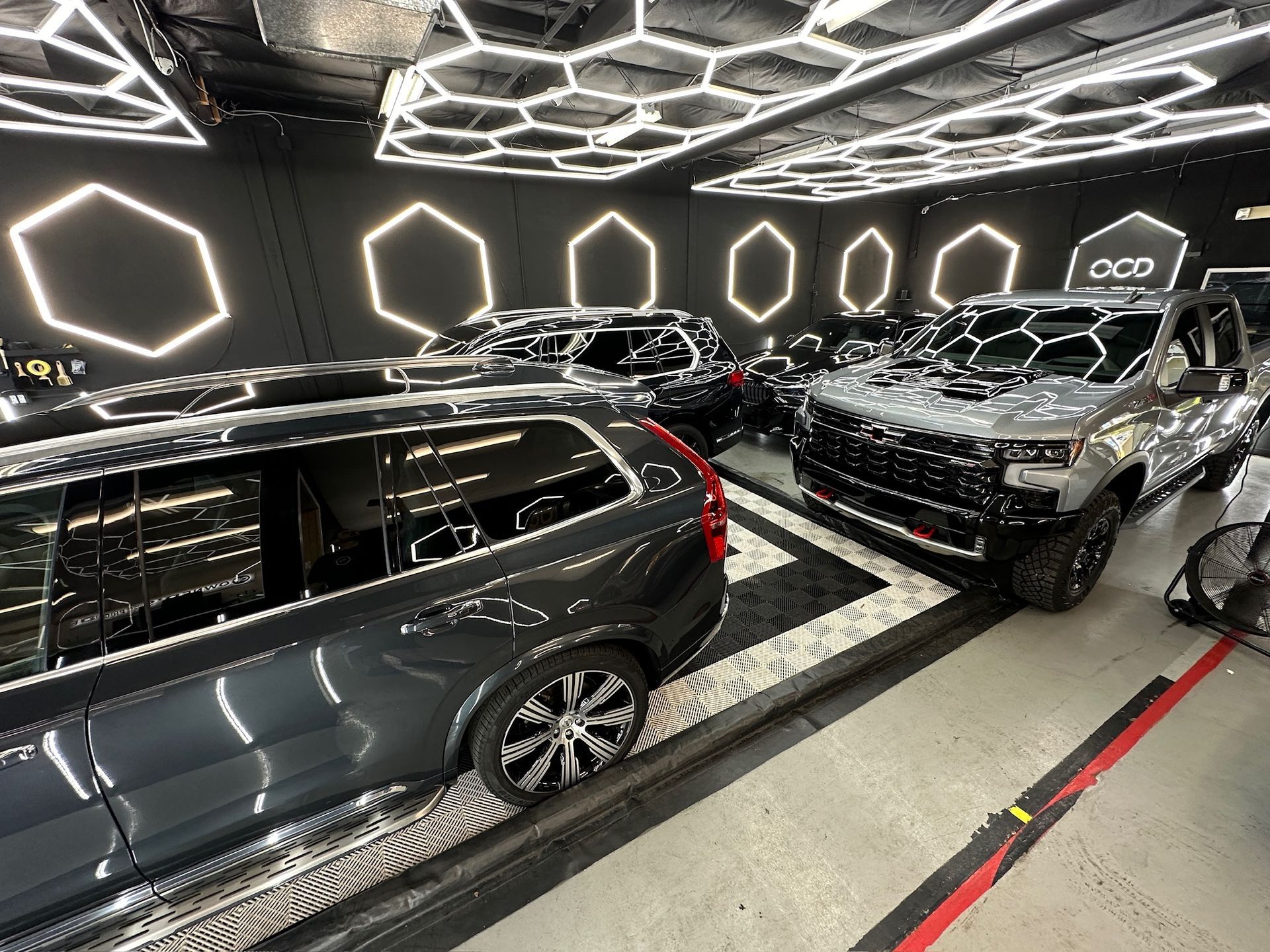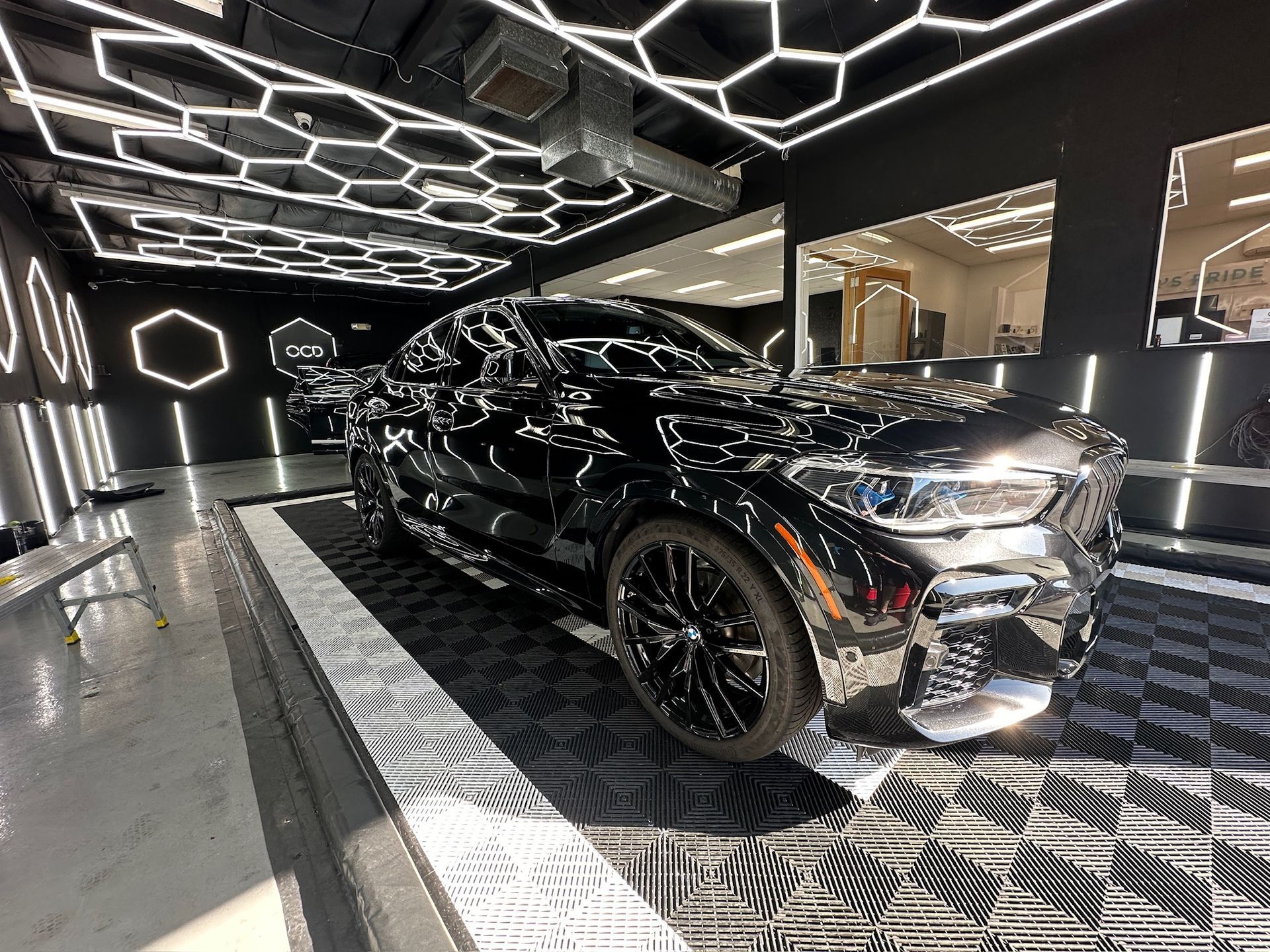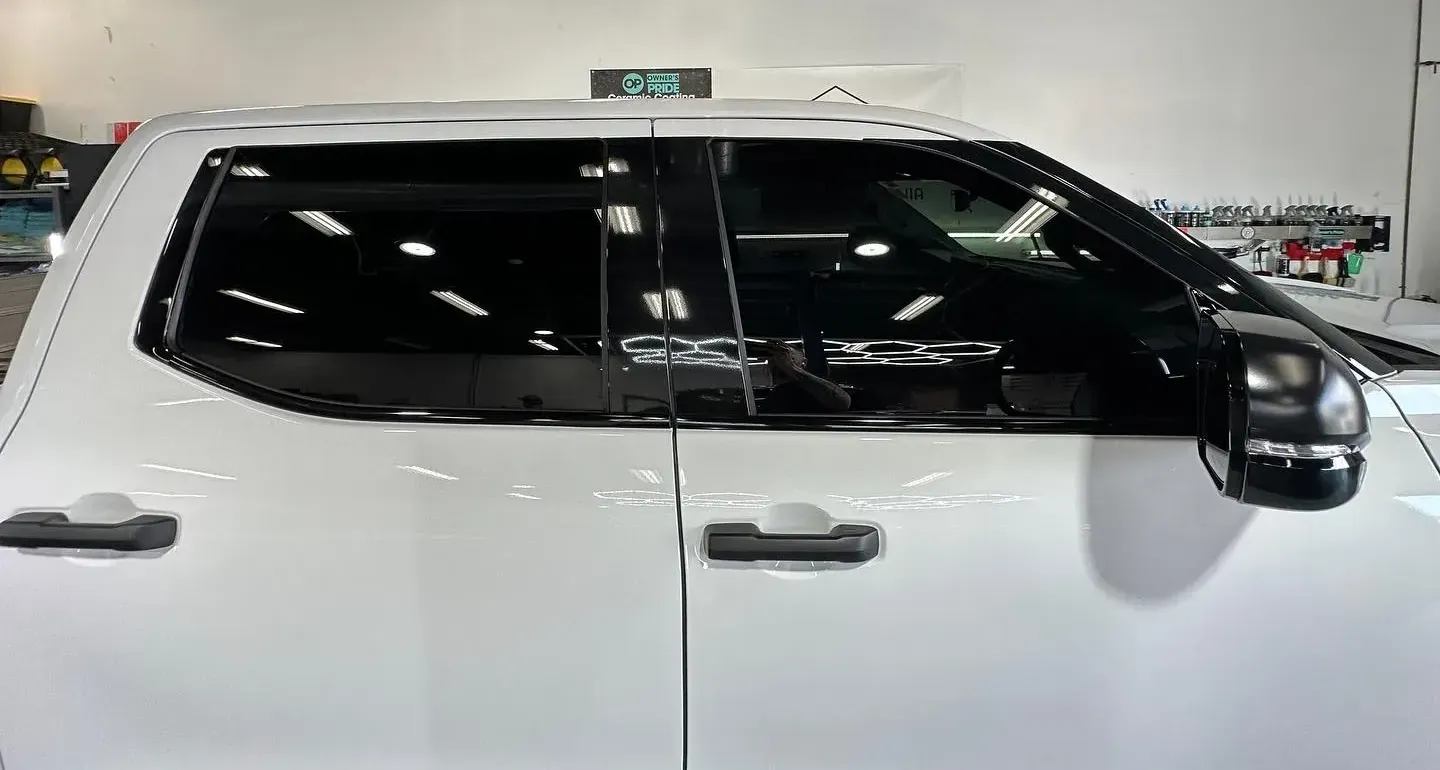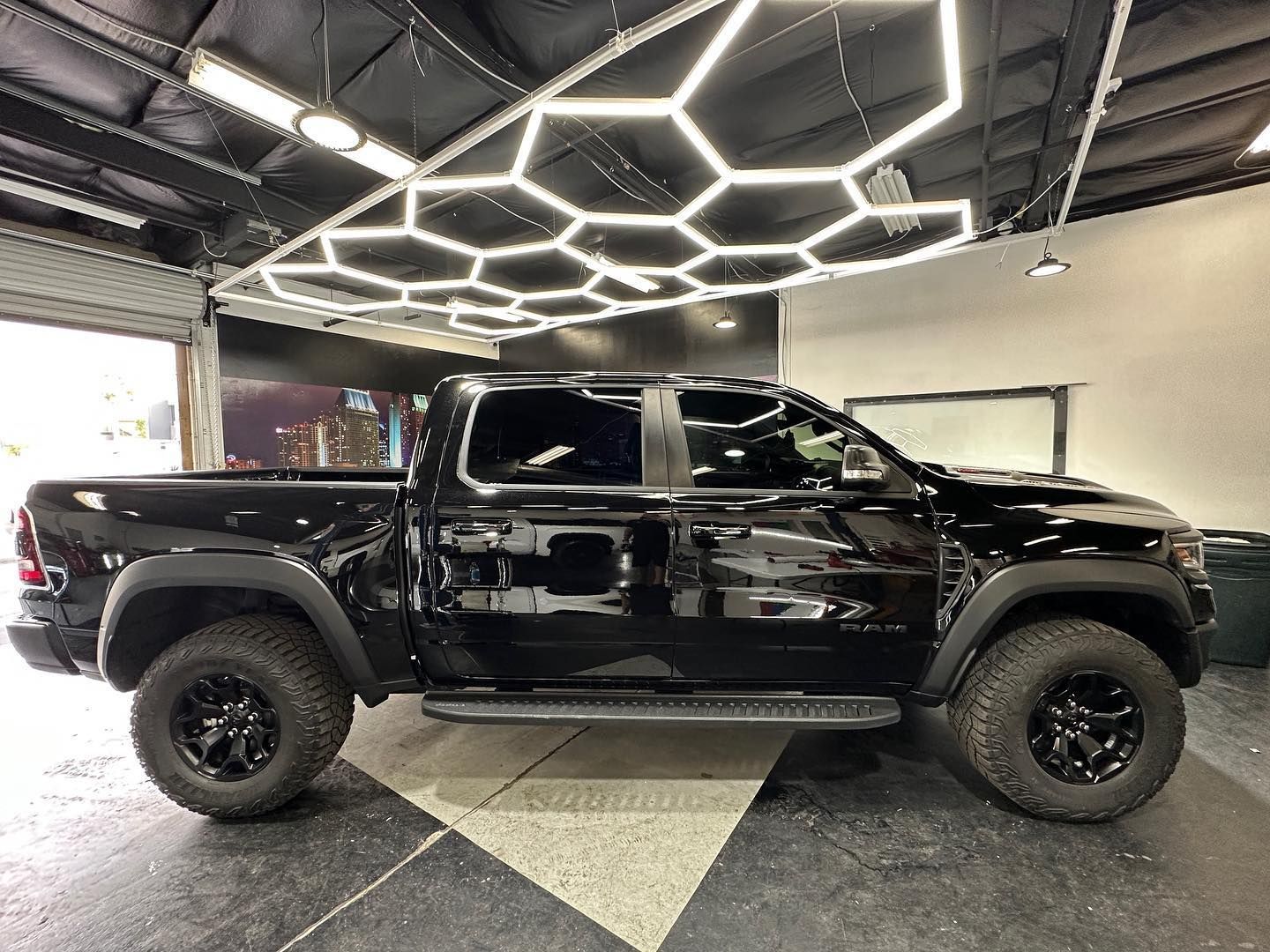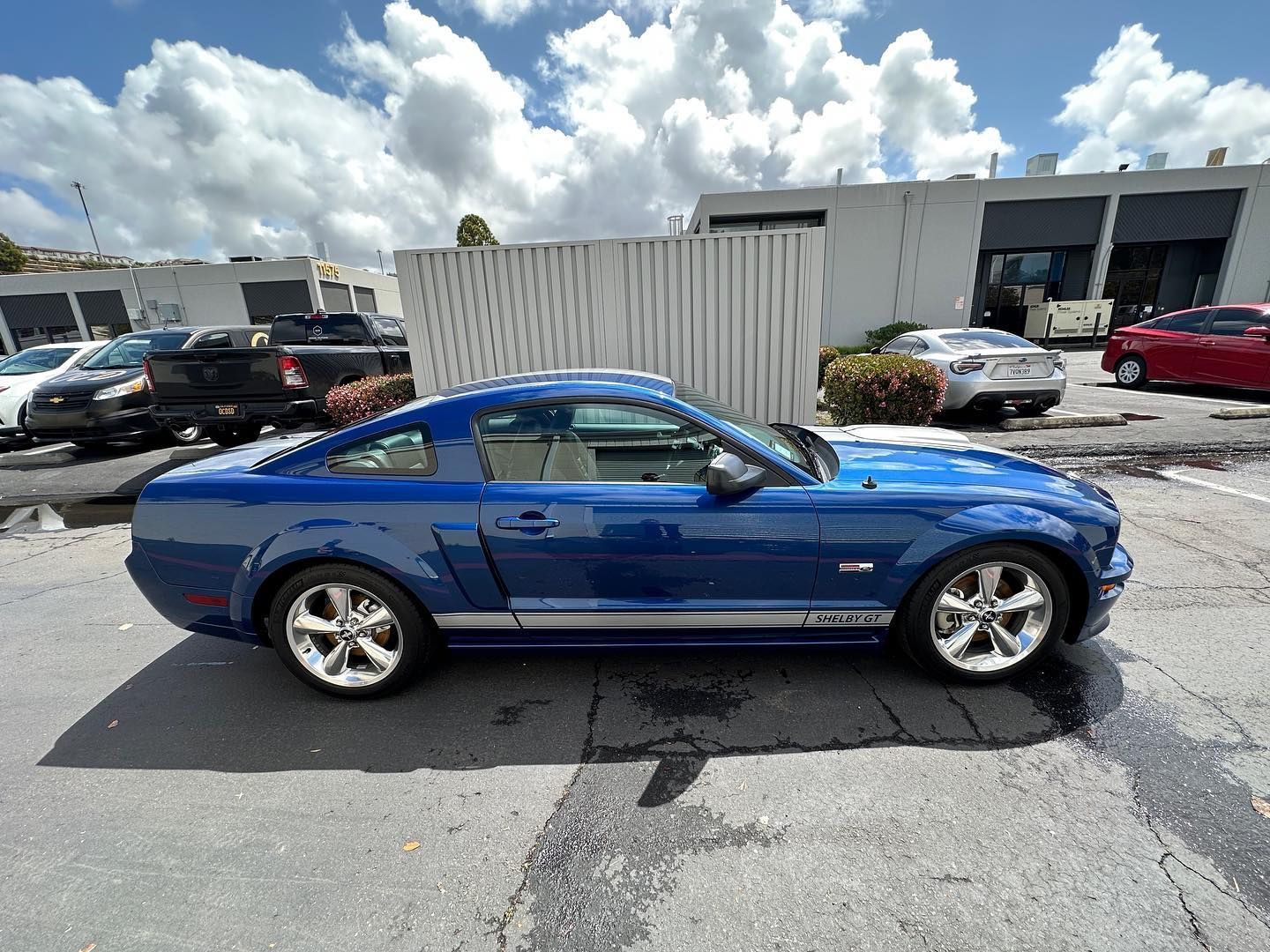Official California Detailing Blog
Legal Auto Tint Limits in California: What You Need to Know in 2025
(619) 760-4962 GET A QUOTE NOWWhen customizing your vehicle, window tinting remains a popular choice for style, privacy, and comfort. However, navigating California's tinting regulations is essential to avoid legal complications. The state maintains strict rules designed with safety as the primary concern, affecting visibility for both drivers and other road users. Understanding these current legal limits ensures you can make informed decisions while keeping your vehicle compliant and looking great.
California's Window Tint Regulations Overview
California has established specific regulations regarding vehicle window tinting to promote safe driving conditions. These regulations, outlined in California Vehicle Code Section 26708, ensure drivers maintain adequate visibility while on the road. The legislation addresses both aesthetic preferences and safety concerns related to obstructed vision. As tinting technologies have evolved, lawmakers have refined these regulations to allow effective solutions without compromising safety. Modern tints can provide benefits such as UV protection and heat reduction while maintaining a driver's ability to see clearly.
2025 Legal Tint Limits
California's current legal tint limits balance style and privacy needs against safety requirements on the road. These laws emphasize maintaining driver visibility while preventing reflective glare that could distract other drivers.
- Windshield Requirements: California law permits non-reflective tint only on the top 4 inches of windshields. This designated area helps reduce sun glare while allowing drivers to maintain an unobstructed view and enjoy protection from harsh sunlight.
- Front Side Windows: Front side windows must allow more than 70% of light to pass through. This requirement means only highly transparent or lightly tinted films are permissible. Clear windows help drivers see pedestrians, cyclists, and other vehicles, enhancing overall road safety.
- Rear Windows: Rear side windows and back windows can be significantly darker than front windows. However, it's advisable to ensure they still provide adequate visibility for law enforcement and emergency personnel when necessary.
Safety and Visibility Standards
The primary goal of California's window tint regulations is optimizing driver visibility, particularly during low-light conditions or adverse weather. A driver's ability to see clearly significantly affects reaction time and decision-making on the road.
- Reflectivity Considerations: Highly reflective films are limited due to their potential to create dangerous glare. Excessive reflection can compromise both the driver's vision and that of surrounding drivers, creating hazardous conditions that may lead to accidents. California law mandates specific limits: front side windows must allow at least 70% light transmission, and reflectivity on front windows should not exceed 30%. Higher levels can distract other drivers and create dangerous situations.
- Safe Tint Recommendations: Choosing non-reflective films, such as ceramic tints, strikes the right balance between aesthetic preference and safety. These films provide excellent UV protection while maintaining optimal visibility and are designed to reject heat without compromising the clarity necessary for safe driving.
Compliance and Enforcement
Keeping your vehicle's window tint compliant with regulations isn't just advisable—it's mandatory. Both initial inspections and random checks ensure every driver follows rules designed for road safety.
- Inspection Points: Authorized inspection stations scrutinize window tints during routine vehicle registration renewals. These inspections verify that tints allow at least 70% visible light through front windows while maintaining applicable limits for rear windows. Law enforcement officers can also check tints during traffic stops, quickly identifying potentially illegal window films through visual inspection and specialized equipment.
- Enforcement Technology: Many jurisdictions use tint meters to measure window film transparency, ensuring vehicles adhere to Visible Light Transmission (VLT) standards. These devices shine light through tinted windows and measure how much light passes through, providing accurate readings for compliance verification.
Penalties for Non-Compliance
Violating window tint laws can result in significant consequences affecting both finances and legal standing. Initial violations typically result in fix-it tickets requiring tint removal or correction within approximately 30 days.
- Fines and Citations: First-time offenders receiving fix-it tickets face escalating penalties for subsequent infractions. Fines range from $100 to $250 for each additional violation, and repeat offenses can lead to misdemeanor charges affecting driving records and insurance premiums.
- Legal Consequences: Multiple violations can result in points added to driving records, placing drivers in higher insurance risk brackets and leading to increased premiums. What initially seems like a simple aesthetic choice can become an ongoing financial burden.
Selecting Legal Tints
Choosing appropriate window tint requires balancing personal aesthetic preferences with legal requirements established under California law. Understanding Visible Light Transmission (VLT) percentages is crucial for compliance while achieving desired privacy and protection.
- Professional Consultation: Consulting with professional tinting services ensures proper guidance through available options and insights about compliant tint technologies. These experts can recommend films that block UV rays effectively while meeting legal VLT requirements. Always ensure tinting services provide certificates of compliance, which may be necessary during police inspections to confirm window tints meet legal standards.
- Popular Compliant Options: Ceramic and carbon films have gained popularity due to their reliability, longevity, and UV protection while meeting legal standards. These options respect state regulations while enhancing vehicle aesthetic appeal without compromising driver safety.
Medical Exemptions
Individuals with certain medical conditions may qualify for exemptions allowing darker tints with proper documentation. To obtain a medical exemption, consult with a licensed physician who can provide documentation of medical conditions necessitating darker tints, such as photosensitivity or certain skin conditions. This documentation must be submitted to the California Department of Motor Vehicles alongside a completed application for medical exemption. Having legitimate medical backing significantly increases approval chances.
Upcoming Changes
Legislative discussions continue regarding potential updates to California's tint laws, primarily responding to new safety data and tinting technology advancements. Proposed changes could affect how drivers customize vehicle windows, particularly regarding VLT requirements. Currently, lawmakers are considering adjusting permissible VLT for front-side windows, potentially offering more flexibility while maintaining safety standards. These potential changes could become effective by mid-2025, requiring vehicle owners to stay informed about compliance requirements.
Understanding California's window tint regulations ensures compliance while enhancing your driving experience. The state's laws balance aesthetic preferences with safety requirements, allowing customization within legal boundaries. Whether seeking privacy, UV protection, or heat reduction, choosing compliant tints protects you from penalties while contributing to safer roads for everyone. Staying informed about current regulations and potential changes helps you make educated decisions about vehicle customization while avoiding legal complications. Remember that professional installation and proper documentation ensure both compliance and quality results for your investment.
Expert Window Tinting Services in San Diego, CA
Beat the Southern California sun with
premium window tinting from Official California Detailing in San Diego, CA. Our expert installers use top-tier films to enhance privacy, reduce interior heat, and protect your vehicle from harmful UV rays—all while giving your car a sleek, custom look. Whether you're cruising along the coast or commuting through city streets, our tinting services offer the comfort and protection you need.
Book your appointment today and enjoy the benefits of professionally installed window film!
